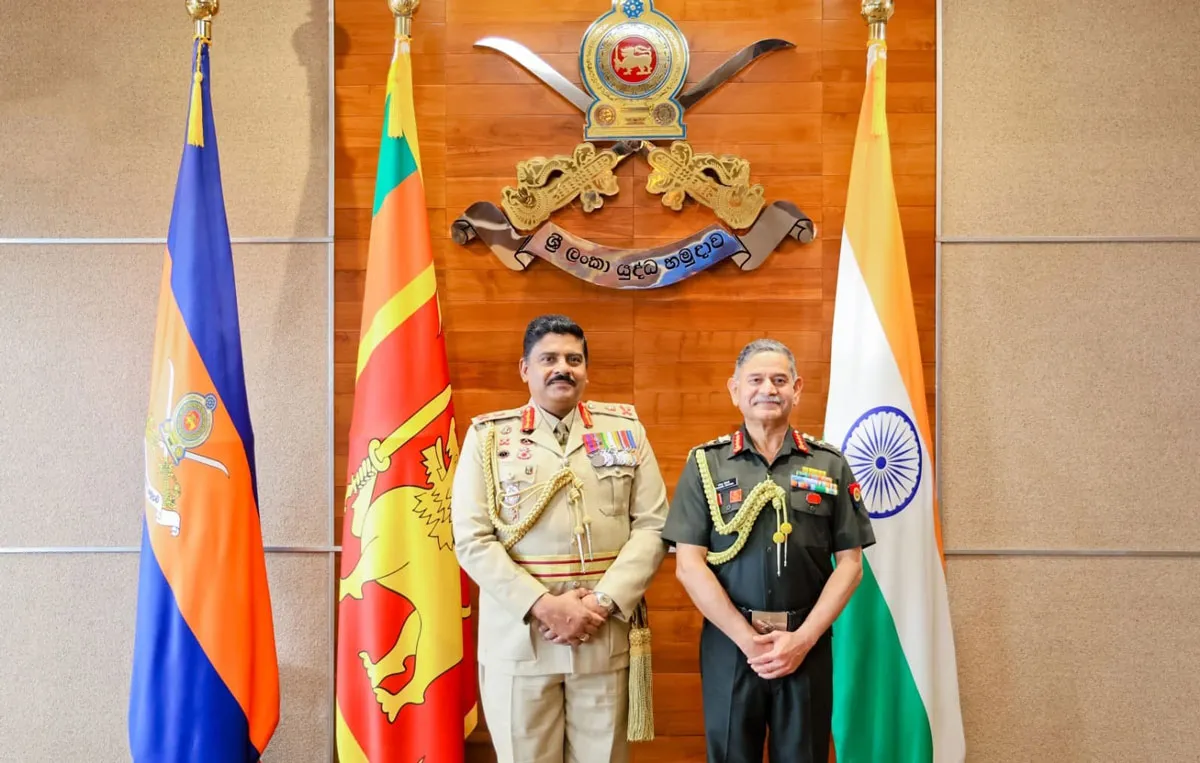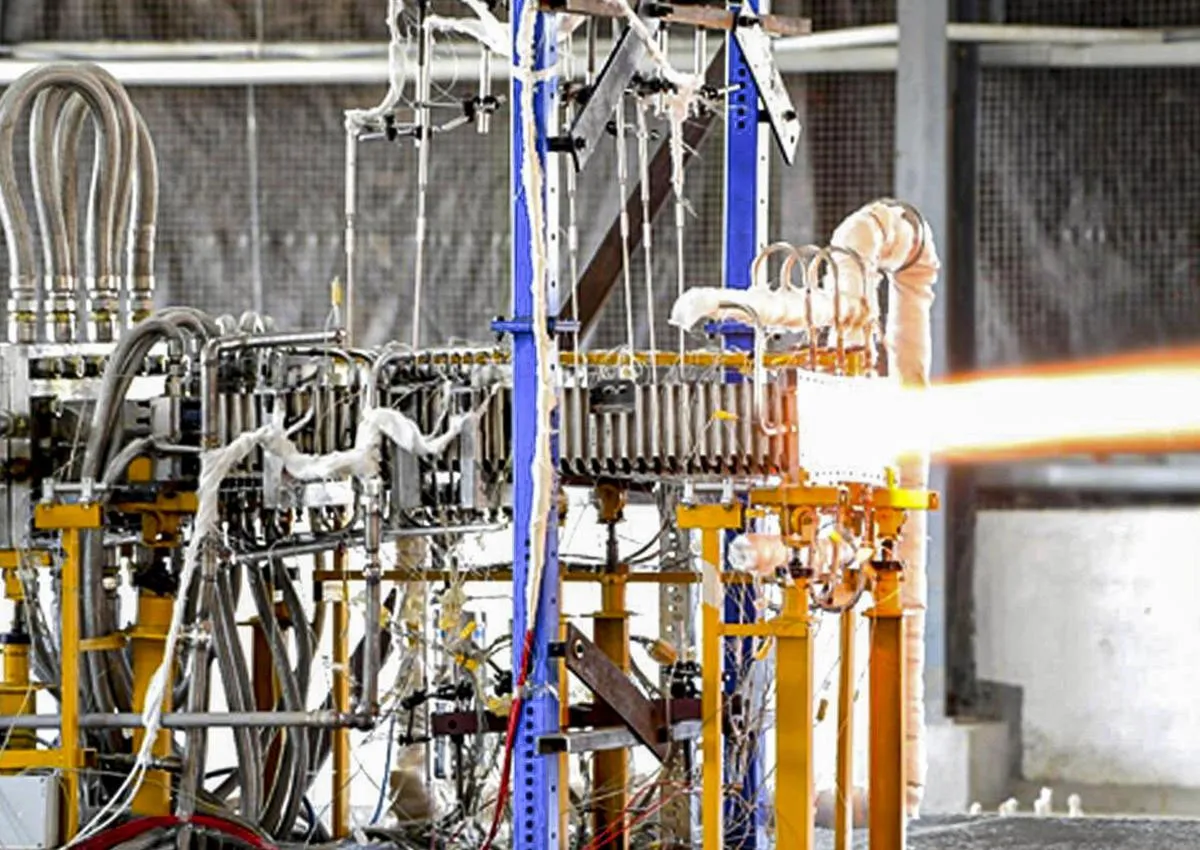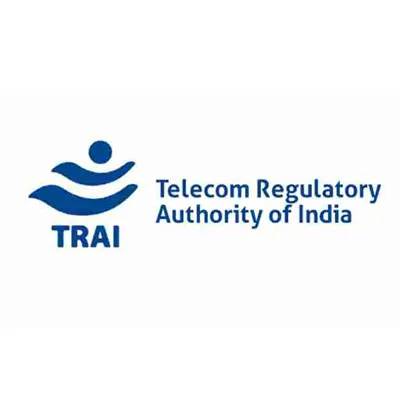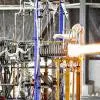Women are not shackled by the greed for power and money
01 Jun 2012
9 Min Read
Editorial Team
Alpa Sheth, Managing Director, VMS Consultants Pvt Ltd
CW presents the next in a series of interviews with women who have made their mark in the building and construction sector.
Where there is a will, she traces her vertical way. As Alpa Sheth, Managing Director, VMS Consultants Pvt Ltd, tells us candidly, “I can show my claws when required.” That determination has held her in excellent stead over a successful career that includes over 200 residential, commercial, institutional, industrial and seismic retrofit projects. Refusing medical school to become an engineer, she completed her master’s in engineering (structure/earthquake engineering) at the University of California-Berkeley in 1987. And today, apart from her role at VMS, Sheth is part of the visiting faculty at architecture college Kamala Raheja Vidyanidhi; a seismic advisor/consultant to the Gujarat State Disaster Management Authority (GSDMA); member of the Bureau of Indian Standards (BIS) committee for Earthquake Codes and Cyclone Resistant Structures Sectional Committee; and probably the only woman civil engineer amongst over 600 engineers in the Indian National Academy of Engineering. She shares her journey and life in conversation with Shriyal Sethumadhavan...
How has your role evolved over the years?
In the late 1980s, while I worked abroad for a few years, India had started to transform and was evidently the place to be. I decided to come back. Tall buildings and engineering were my passion. Industrial projects also interested me as they gave me a different scale; apart from engineering, it is important to understand the process of a particular industry. Then, since 2001, following the Bhuj earthquake, I chose to re-focus on earthquake engineering, which was my core area at Berkeley. I got a great opportunity to be associated with GSDMA since its inception. Today, I have the mandate to commission projects that help Gujarat become more seismically safe – it has been a dream ten-year long association!
On the second anniversary of the Gujarat earthquake, five of us started Structural Engineering Forum of India. Today, there are over 13,700 members; it is the largest and most vibrant structural engineering group in the country. We do not have a president or a committee, and it is run on a democratic platform.
What was it like working in the US?
I worked at very good offices there, and the systems were very structured, but the demands on you (as a junior engineer) were much lesser than what is expected out here. Also, in the late 1980s, bigger projects in San Francisco had already been done. But, there was exposure to good state-of-the-art knowledge, systems and procedures. In comparison, India lacks institutionalisation of knowledge; there is no documentation of projects. We have not yet evolved; we somehow scramble with the situation to make the project happen. There is too much of a ‘fire-fighting’ mode of working in the country.
Was it easy for you to establish yourself here?
My father is a structural engineer. But, he was not into tall buildings. However, it did help to have the name ‘VMS’ initially. Budding design engineers have it really tough going without a mentor. Over time, you build your own networks.
What is your contribution to VMS’s activities?
The company started in 1959, and I have been associated with it since 1988. Initially, it concentrated on industrial projects and a few residential and real-estate projects. I felt the need to foray into other areas and started working on tall buildings – my area of experience in the US – one of my first being Kalpataru Heights, which at that time was the tallest. Scores of other towers such as Peninsula’s Ashok Towers, Lodha Group’s Lodha Bellissimo, followed. We’re doing a sizeable number of tall buildings in NCR presently.
I also believe in academia-industry interaction, which was new to VMS. I work with an architecture college and the IITs. I helped develop the curriculum for earthquake engineering for civil engineering and architecture colleges in Gujarat, which is probably the only state that teaches the fundamentals of earthquake engineering to these students.
Do you still visit sites?
For the first 10-15 years, I used to go on site, check my slabs, etc. But today, at the conceptualisation and design development stage, I am involved 100 per cent in every project and also review all drawings before they are delivered to site. Site visits are very occasional. We have a construction director and many engineers under him who oversee the construction phase.
How do you choose your projects?
My office comprises about 30 people, large enough for us to command good projects but small to be nimble to weather industry vagaries, and also have the luxury to choose and pick the projects we would like to work with. If I feel we are not value adding, I do not opt for a project. We treat projects as occasions to learn and to give back; hence, the project must have some room for innovating or pushing the envelope.
Do you feel that lack of practical knowledge is leading to half-baked engineers on site?
Its not just practical knowledge that they lack; their engineering fundamentals are also weak. My architecture students, after they finish the first year in structures, can draw bending moment and shear force diagrams, which these graduates cannot. Today, from the University of Mumbai, not more than 10-20 per cent of civil engineering students are employable in structural engineering consultancies. We have now moved to hiring more IIT graduates.
What is it like surviving in this male-dominated industry?
India is far more gender blind than the US. It is much easier to work here as a woman. There is an element of respect men and women give each other. I doubt if I have ever had problems with people feeling belittled to work under me. It also depends on how you come across. If you don’t flaunt being a woman, the gender balance comes in easily. Also, in my office, it is known that if there is a problem, this trouble-shooter will handle it!
How has it been dealing with builders, architects, contractors, etc?
It has been very good working with contractors. When I started, it used to be either my way or the highway. But eventually, with experience, I realised that if somebody has a better way, you simply listen with humility and imbibe what’s good. I learnt not to be as aggressive, but just as passionate. Moreover, we talk to architects and explain different options available for the structural systems. Unfortunately, not all architects are interested in understanding the behaviour of structures. At times, many consultants feel insecure to share their ideas and methods. But, I believe sharing knowledge only compels me to learn more and be ahead of the pack.
Have Indian engineers finally cracked the design of tall buildings?
To an extent, yes, but I am not sure all of them understand the complexities involved. For many, it is simply a vertical expansion; they are unaware of the finer points of how they behave in terms of lateral especially earthquake loads. This is a self-learning process, and the knowledge required is severely lacking in our country. At times, the busiest and famous people are not the best, and there are some who are rich in knowledge but go unnoticed. I realised this from the discussions in the Structural Engineering Forum of India – what bright engineers reside in smaller towns of our country!
Also, in terms of being fire- and quake-resistant, what are the challenges?
Sometimes, when we speak of India, we actually mean urban India. In reality, just about 10 per cent of the country’s total building stock is made up of framed structures, out of which I do not expect more than 15 per cent to be designed for earthquakes. So, barely about 2-3 per cent of the building stock is designed for earthquakes. That does not mean that the remaining buildings will necessarily collapse in an earthquake. Some may collapse, but a large number will face significant damage. However, the situation after the Bhuj earthquake has improved significantly. People in urban India are building better than earlier. I do find that the Indian Codes are 10-20 years behind international codes, and that sometimes makes it difficult to introduce new systems and be cutting edge.
We lack credible structural engineering associations to further good practices in design and formulate codes. Is this the outcome of the lack of awareness?
I do not think that they are unaware; Indians are the biggest travellers globally. The problem is that there is too much work and too few people to do it. As structural engineers, we have gone overboard in taking on far more work than we can do with rigour and diligence. A city like Mumbai runs on greed, and sometimes I feel so out of place here.
Do you think you have missed a few good projects by not marketing yourself?
To date, I have not gone out of this office to get a project. Even my card does not flaunt my qualification. If I do not prove my abilities through my work, those qualifications won’t help. I am certain we have missed out on several projects, but when people approach you, there is a different equation you generate. I simply refuse to play the marketing game, and the really discerning clientele find you anyway. Also, almost 60-65 per cent of our work is with repeat clients.
What is your life beyond engineering structures?
I am an avid birder and take 4-5 birding trips a year to really far out places where I don’t see any manifestation of human intervention. I also write short stories. Teaching interests me hugely. I have an eclectic taste in terms of books and the causes I support.
What would you say to aspiring women engineers?
You need to push the boundaries, do good work and enjoy the entire process of doing it. Because women have what it takes! We are not shackled by the greed for power and money.
Would you like to tell us about any such women of substance? Share your suggestions at feedback@ASAPPmedia.com



















